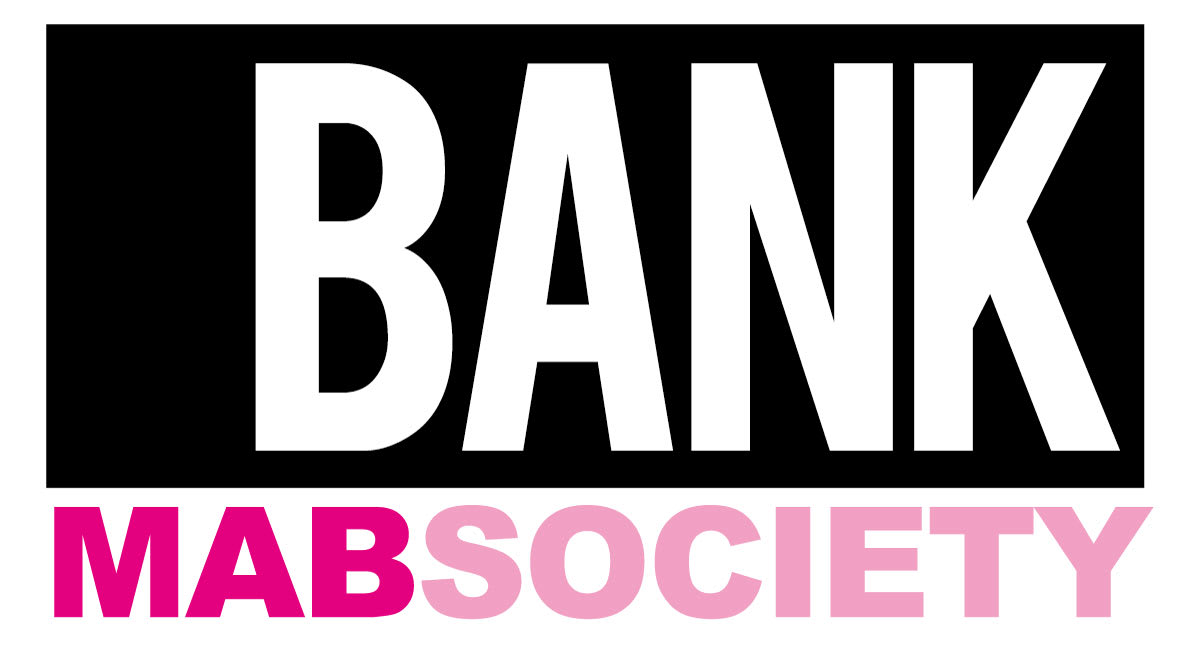Exceeding the false threshold of the skin, milk is rife with symbolism, prompting thinking beyond fictions of the body as a sealed-off, impermeable entity. Even as a tether that connects bodies within expansive, tangible constellations—or that is at least what Touch Archive, an exhibition featuring the work of Patty Chang at BANK NYC, alludes to. The exhibition centers on a 20-minute diaristic video account, We Are All Mothers (2022), where the artist reflects on the particularly profound discovery of breastmilk in the stomach of a young deceased porpoise. Chang brings attention to the ubiquitous but often overlooked fluid, she posits milk not only as a source of nourishment and a material conduit of care but also as a charged substance that renders undeniable the interconnectedness of bodies co-enmeshed within the ecosystem. This is where the power of the aptly titled exhibition lies, as a critical mindset, necessary in this age of ecological precarities.
Footage of the porpoise stems from an interdisciplinary collaboration between the artist, cultural theorist Astrida Neimanis, and wildlife pathologist Aleksija Neimanis, the latter who led the group through autopsies of porpoises over Zoom during the COVID-era. The project—a sort of epistemological inquiry—explicitly confronts the limitations of established scientific methodologies through the introduction of a ritual: before each dissection, Aleksija pauses to touch the carcass. A simple yet intimate gesture of care, this moment of attunement allows for gratitude toward the porpoise as a research subject. “The touch goes both ways,” Chang’s narration explains. “The scientist supports the animal just as the animal supports the scientist.” In narrating her own emotional response to the procedure, Chang challenges the supposed neutrality of scientific observation.
On voice-over, the artist asks a series of both “scientific questions” and “unscientific questions,” the latter charged with emotional weight—“What was the porpoise feeling when it was caught in the net? Did it know it was going to die? Was its mother there? Did its mother know it was going to die?” Considering her own child, Chang asks: “What would I do in this situation if my child were caught in a net and there was no possible way to save him?” Thus claiming affect—grief and fear—as a critical register. Overall, We Are All Mothers successfully offers a model of interspecies kinship without relying on moralizing appeals, sanitized metaphors, or didactic refrains—the dissection gives form to affective experience, where to care is to witness, to touch, to remember.
Extending the exhibition’s titular action, touch, Chang invited audiences to join the ritual of touching in Memory Game (2022), an interactive activity premised on matching images of the scientist’s gloved hand touching the porpoise flesh. With the cards displayed in a grid on a table in front of the video, Chang invites viewers to participate in the act of touching through active remembrance that doubles as a mode of witnessing. This game, stripped of playfulness, is equally resonant in concept and practice, maintaining a quiet poignancy echoed by the interconnectedness of life and death through Chang’s language of poetic tenderness and frank vulnerability. Her mediation on the very phenomenon of fear avoids excessive sentimentality—challenging its negative associations.
Staying with the fluid, We Are All Mothers includes an excerpt of Milk Debt (2020), an earlier video installation likewise centered on milk, though specifically human milk. Milk Debt records nine performers pumping breast milk, each while simultaneously reciting crowd-sourced fears at infrastructural sites across Los Angeles. By foregrounding the mechanized act of pumping milk in the context of ecological depletion, the project evokes breast milk—a bodily fluid charged with gendered, racialized, and classed reproductive politics under the enclosures of late capitalism and settler colonialism—to engage broader discussions of environmental justice. Milk Debt plays upon the impersonal capitalist rhetoric of “debt” to instead propose a model of affective engagement through milk as an embodied mode of care. This expansive notion of debt, particularly in liquid form, extends to We Are All Mothers, insofar as both projects question not only what we owe our biological kin and other humans, but also what we owe the ecosystem in which we are enmeshed with other animate and inanimate matter—an increasingly obvious and seemingly insurmountable debt.
The title, We Are All Mothers, might initially read as essentialist. But Chang evokes motherhood not as a biological inevitability, with women predisposed to care, but as a praxis that reckons with the porous boundaries between bodies, as a mode of interspecies responsibility. Despite the generalizing scope of the title, Chang further resists universalism in foregrounding the specificity of her own experience, her presence visible in the video’s Zoom frame and audible in the voiceover. Underwater footage of her son swimming further heightens the sense of specificity, while enacting an interspecies parallel with the waterborne porpoise, which she in fact likens to her own child in the voiceover. In evoking the deceased animal—and also her artistic practice—as children, Chang articulates an expansive vision of caretaking that transcends biological ties and the human species altogether.


